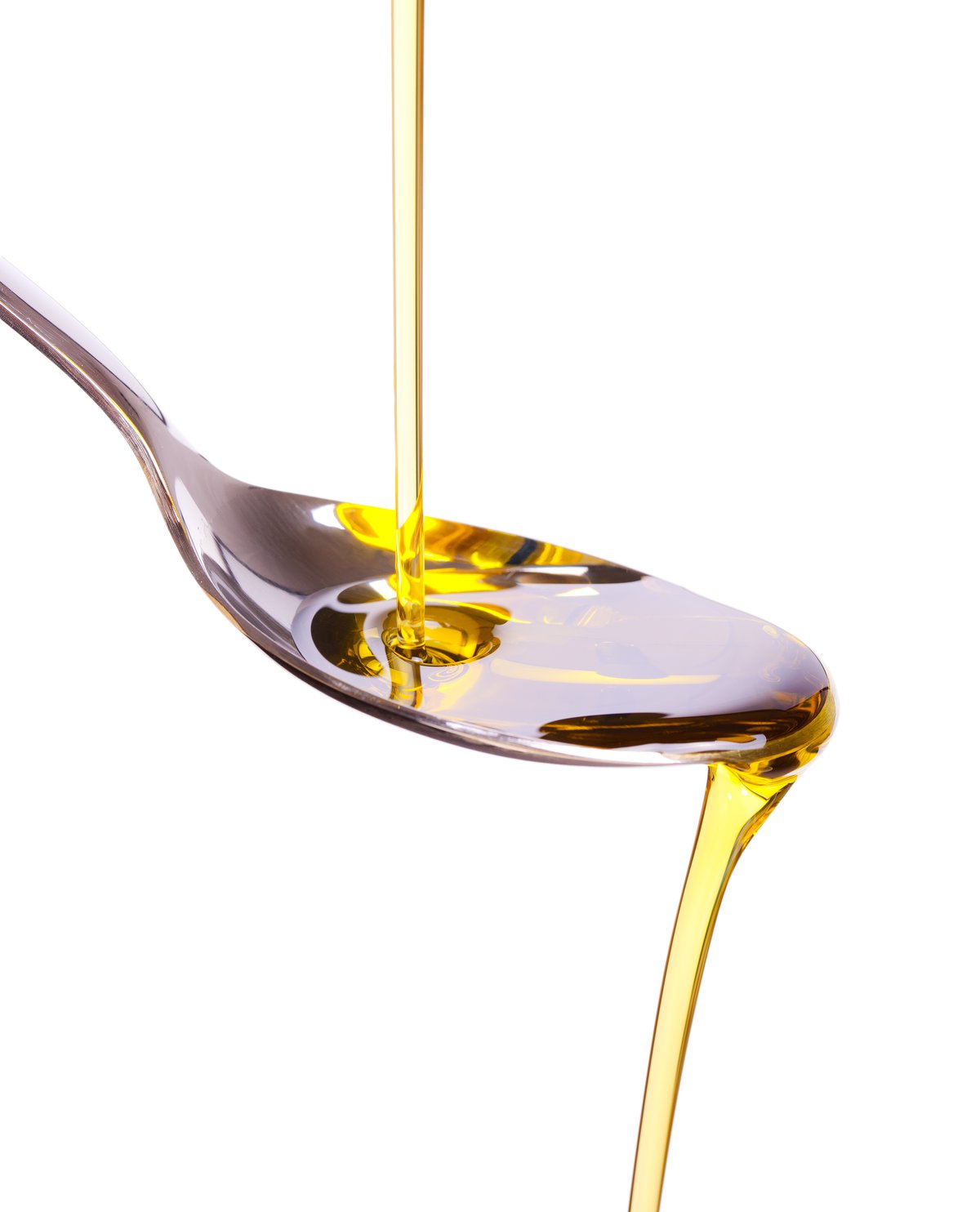What is the ketogenic diet?

The ketogenic diet is a well-known low-carb, high-fat diet that offers many health benefits. Many studies show that this type of diet involves weight loss and health optimization. Below is a detailed ketogenic diet guide for beginners.
The ketogenic diet is a low-carb diet, similar to the Atkins diet, which is also low-carb. It involves reducing the intake of carbohydrates and replacing them with fat. This rapid reduction in carbohydrates causes a metabolic state called ketosis.
During ketosis, the body becomes highly efficient at burning fat. It also converts the fat energy into ketones in the liver, which provide energy for the brain. Ketogenic diets contribute to low blood sugar and insulin levels and has significant health benefits.
There are several types of ketogenic diets, including:
- Standard Ketogenic Diet (SKD): This is a low-carb, moderate protein and high-fat diet. It usually contains 20% protein, 70% fat and only 10% carbohydrates.
- Cyclic Ketogenic Diet (CKD): This diet involves periods of higher carb refeeding, such as five keto days followed by two high carb days.
- High Protein Ketogenic Diet: This diet seems like a standard ketogenic diet. The main difference is that it includes more protein, with the ratio often 60% fat, 35% protein and 5% carbohydrates.
- Targeted Ketogenic Diet (TKD): This diet allows carbohydrates between workouts.
However, only the standard high-protein ketogenic diet has been extensively studied. Bodybuilders or athletes mostly use cyclic or targeted ketogenic diets.
The information in this article applies mainly to the standard ketogenic diet (SKD).
KETO diet foods
Healthy Fats
Most fats contain zero net carbs and have various health benefits. These healthy fats should be included in high amounts with each meal.
Healthy fats include:
- Olive oil
- MCT oil rich in C8
- Coconut
- Linseed
- Macadamia nuts
- Ghee butter
- Cocoa butter
Non-starchy vegetables
All leafy greens range from 0.5–7 grams of net carbs per cup. Vegetables suitable for a Keto diet are:
- Dandelion
- Cabbage
- Mustard
- Radish
- Rocket
- Radish
- Chicory
- Romaine lettuce
- Spinach
- Cabbage
- Cauliflower
- Brussels sprouts
- Broccoli
- Celery
- Cucumber
- Zucchini
- Leek
- Fresh herbs
- Asparagus
- Mushrooms
- Bamboo shoots
- Bean sprouts
- Peppers
- Green beans
- Beans
- Tomatoes
Proteins
Animal proteins (meat, fish, etc.) have very little or no carbohydrates. You can consume moderate amounts just to satisfy your hunger. It may seem strange to someone looking to lose weight, but choosing a fattier cut of meat over leaner types will have more significant benefits.
For example, chicken legs are preferable to chicken breasts because they contain much more fat.
- Grass-fed beef and other kind of meat, including lamb, goat, veal, venison and other game. Grass-fed fatty meat is preferable as it contains higher-quality omega-3 fats.
- Organ meats, including liver.
- Poultry, including turkey, chicken, quail, pheasant, hen, goose and duck.
- Free-range eggs and egg yolks.
- Fatty Fish, such as anchovies, sea bass, mackerel, salmon, sardines, tuna, trout, etc.
Fat-based fruits
Your primary fruit choice should be avocado and, in small amounts, berries.
What does ketosis mean?
The metabolic state that the body uses fat for fuel, instead of carbohydrates is called ketosis. This process is activated when carbohydrate consumption is significantly reduced, limiting the body's supply of glucose (sugar), the primary energy source for cells.
A ketogenic diet is one of the most effective ways to get into ketosis. It involves limiting carbohydrate consumption to around 20 to 50 grams daily and filling up on fats from meat, eggs, nuts and healthy oils.
It is also important to limit protein consumption. This is because glucose can convert protein if consumed in high amounts, slowing the transition into ketosis.
The practice of intermittent fasting also helps the ketosis process more immediately. There are different forms of intermittent fasting, but the most common method involves restricting food intake to about 8 hours a day and fasting for the remaining 16 hours.
There are blood, urine and breath tests available that can help determine if you are in ketosis by measuring the number of ketones your body produces. Certain signs may also indicate ketosis, such as excessive thirst, dry mouth, frequent urination, and decreased hunger or appetite.
Ketogenic diets help with weight loss
Research reveals that the ketogenic diet can be as effective for weight loss as a low-fat diet. In addition, this diet creates a feeling of fullness, which contributes to weight loss without the need of counting calories or controlling food intake.
A total of 13 studies showed that the very low-carb ketogenic diet was more effective for long-term weight loss than a low-fat diet. People on the keto diet lost an average of 0.9 pounds more than the low-fat diet group. In addition, it also caused to lower diastolic blood pressure and triglyceride levels.
A ketogenic diet can reduce body weight slightly more than a low-fat diet without feeling hungry.
Ketogenic diets for diabetes
Diabetes consists of changes in metabolism, high blood sugar levels and reduced insulin function. The ketogenic diet can help shed excess fat, closely associated with type 2 diabetes, prediabetes and metabolic syndrome.
An earlier study reports that the ketogenic diet improved insulin sensitivity by 75%. Another study of 349 participants with type 2 diabetes showed that those who followed a ketogenic diet lost an average of 11.9 kg over two years and experienced improved blood sugar levels.
Keto diet and keto oil
The ketogenic diet can enhance insulin sensitivity and promote fat loss, leading to significant health benefits for those with type 2 diabetes or prediabetes. If you decide to follow a ketogenic diet, consult your dietitian if you are breastfeeding or under medication.
KETO MCT C8 OIL is a nutritional supplement in oil form, from coconut fatty acids with caprylic acid as the main ingredient. The caprylic acid C8 that is contained in KETO MCT C8 OIL is converted into ketones which act as a substitute for glucose in the body and thus help the body reach ketosis.
A state of ketosis activates the burning of body fat while contributing to energy production and mental function. Supplementing the diet with MCT C8 oil has been shown in studies to reduce visceral fat, activating its fat-burning properties even for people on a high-carb diet, who do not follow a ketogenic diet.
KETO MCT C8 OIL 100% is neutral in smell, taste and colour as it contains only pure C8 caprylic acid and you will find it available in a packaging of 0,5litres.



